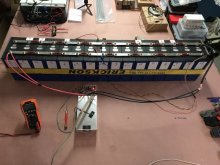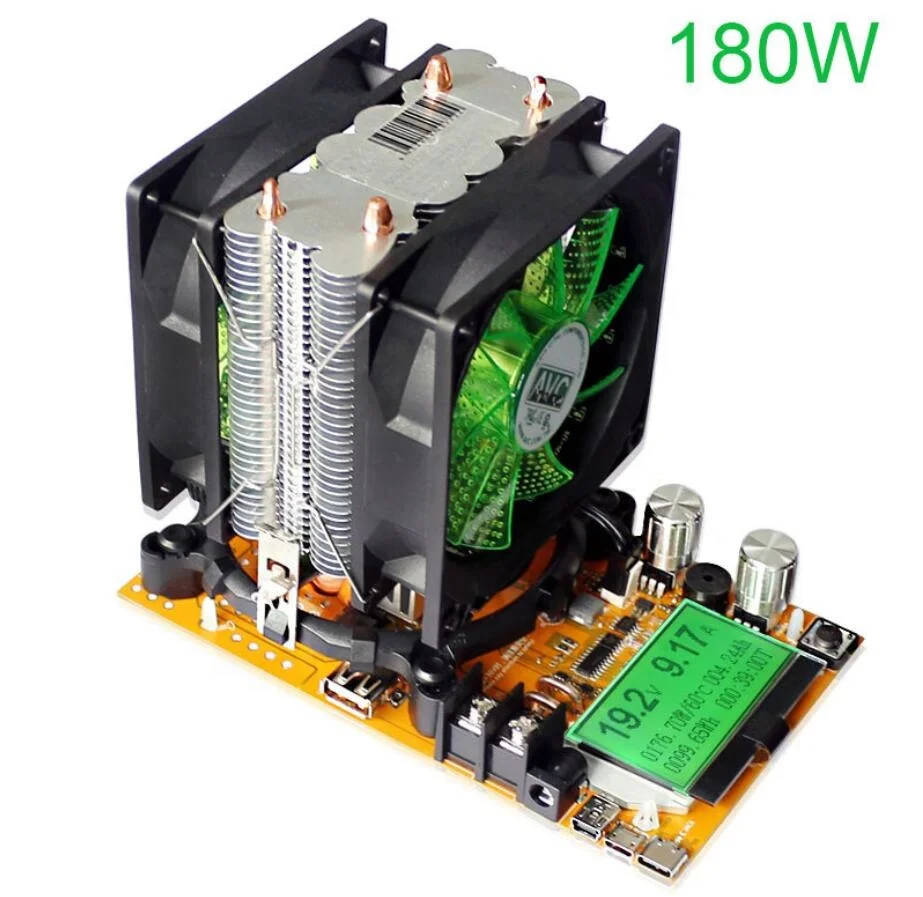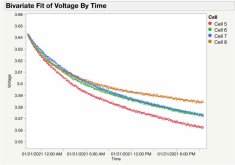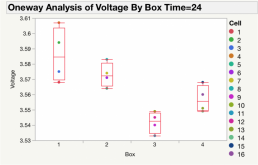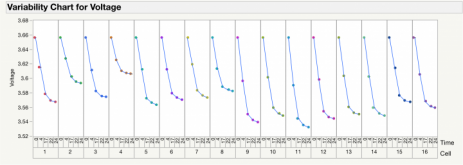Hi Everyone,
Starting a build thread now that my cells are officially on US soil. The pack will ultimately be configured in as 16s1P feeding two 48V 3000W Growatt inverters (set up as an off-grid, split-phase 120/240 system).
First off, here’s a summary of my Alibaba purchasing experience to date:
- Vendor: Shenzhen Basen Technology Co., Ltd (contact: Sheila Chou)
- Cells: Lishen 272 Ah (sold as Grade A), 16ea
- Price paid: $75.20/cell + $394.00 shipping/tax/fees, Total cost: $1597
- Order date: Nov 16, 2020
- Shipment date: Nov 19, 2020 (to Wisconsin, USA)
- Date of US arrival (port of LA): Dec 21st, 2020
- Date transferred to FedEx: Jan 10, 2020
- Date of receipt (expected): Jan 15, 2020 (total transit time: 57 days)
Note: I originally purchased EVE 280Ah cells, but was informed the day after I placed the order that those were out of stock and they would be shipping Lishen cells. I gave the go-ahead based on the generally positive feedback about Lishen cells on this forum.
Here’s my plan to get them up and running:
Step 1 – Top Balance: Parallel top balance using a Mean Well HRG-300-3.3 with Arduino control/monitoring. To minimize the risk of damaging all of my cells, I’m planning to start the process by taking groups of 4 cells to 3.55v. I’ll then parallel the entire group and top them off to 3.65v.
Step 2 – Series Connect: Compress cells in groups of four using ¼” aluminum plates and ½” stainless steel cable ties. Series connect using bus bars made from 3/4” x 1/8” copper flat stock. I’m planning to try my hand at nickel plating the bars myself, but I may end up sending them out if that doesn’t go well.
Step 3 – BMS Connection/Setup: Connect/configure TinyBMS s516 for battery management. I’m planning to use a separate port configuration with 5A SSRs switching the inverters off for LVD/HVD/LTD protection. Very excited to get the BMS up and running so I can start tinkering to determine functionality. Lots of analog and digital pins to play with, assuming I can figure out the programming.
Step 4 – Capacity Testing: Use one of my Growatt inverters and a ~2600w load (~0.2C) to capacity test the bank.
Step 5 – Battery Case: I’m planning to use a insulated/heated steel box for cell storage. A 16”x12”x30” ‘welders box’ with 1” of XPS insulation all around seems to be a very good fit for the cell configuration I’m using. Heat will come from four 12v silicone heating pads run in series off the 48v supply. Not settled on control system for that yet (Arduino vs. off-the-shelf PID vs. BMS control).
Step 6 – Install & Test
Much more detail on each of these steps to follow, but please feel free to comment on anything listed above that doesn’t make sense.




